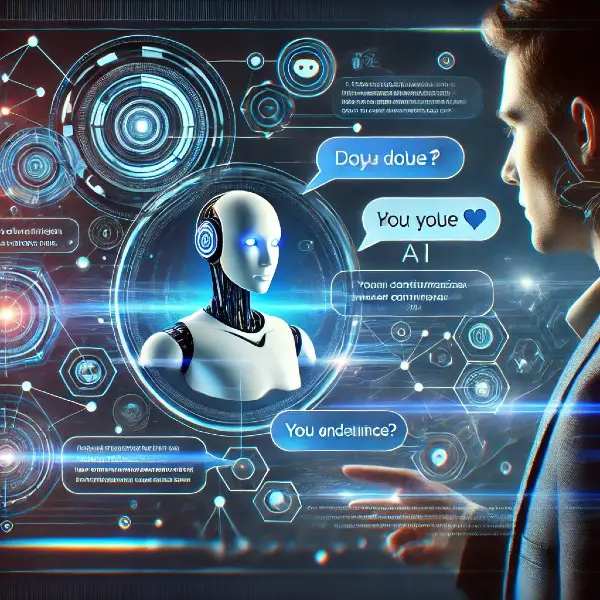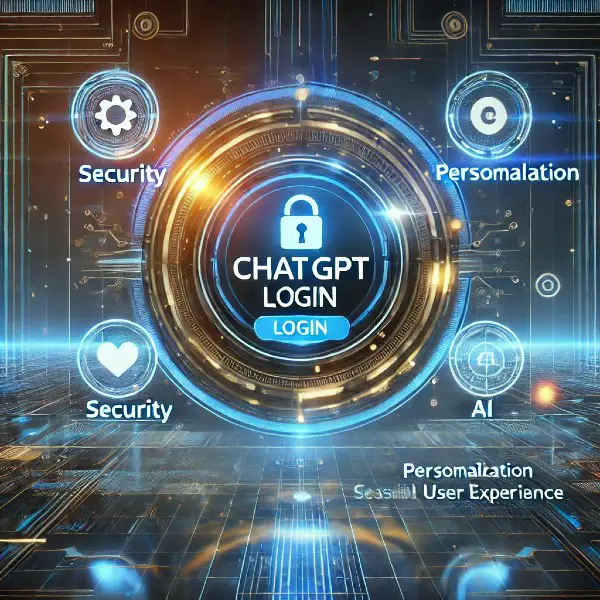Exploring the Intricate Process of Training AI for ChatGPT Login
Artificial Intelligence (AI) has revolutionized the way we interact with technology, and ChatGPT is a prime example of this transformation. However, behind the intuitive interface and seamless user experience lies a complex and meticulous training process that powers ChatGPT’s capabilities. Understanding this process not only sheds light on how AI systems are built but also on the innovations that make them increasingly human-like in their interactions.
Understanding AI in Content Creation
Artificial Intelligence (AI) refers to the simulation of human intelligence in machines that are programmed to think and learn.
The training of ChatGPT involves a vast amount of data processing and fine-tuning. Initially, the AI is fed a diverse dataset containing a broad spectrum of language patterns, which it uses to learn the intricacies of human communication. This stage, known as pre-training, equips the model with a foundational understanding of language. However, this is only the beginning.
Once the initial training is complete, the model undergoes a process called fine-tuning. During this phase, the AI is exposed to more specific datasets that refine its ability to generate relevant and accurate responses. The fine-tuning process is iterative, involving continuous adjustments to the model’s parameters to enhance its performance. Feedback loops are integral to this stage, allowing developers to assess and modify the AI’s behavior based on real-world interactions.
A critical aspect of AI training is the balance between creativity and accuracy. While ChatGPT is designed to generate creative responses, it must also ensure that these responses are contextually appropriate and factually correct. This balance is achieved through reinforcement learning, where the AI is rewarded for generating useful and accurate responses, while incorrect or irrelevant outputs are penalized.
Moreover, the ethical considerations of AI training cannot be overlooked. Developers must ensure that the AI does not perpetuate biases or produce harmful content. This requires careful curation of training data and the implementation of safeguards to filter out undesirable outputs. As AI continues to evolve, the importance of ethical training practices becomes increasingly paramount.
In conclusion, the making of ChatGPT and its login system is a testament to the complexity and sophistication of modern AI training techniques. By understanding the processes involved, users can better appreciate the technological marvels that enable seamless and intelligent interactions with AI.
Reference
1. OpenAI’s Documentation on ChatGPT Login
The official OpenAI documentation provides detailed insights into the ChatGPT login process, particularly focusing on the importance of secure authentication when accessing their API. This resource explains the steps involved in generating API keys, setting up secure user authentication, and managing tokens to ensure safe and reliable access to ChatGPT. The documentation also offers guidelines on best practices for maintaining session security, making it an invaluable reference for developers and users looking to integrate ChatGPT into their applications.
2. TechCrunch Article on ChatGPT Integration and Login Experience
A TechCrunch article discusses the evolving user experience of ChatGPT, with a specific focus on the login process. The piece explores how OpenAI has streamlined the login experience to facilitate easier access for both new and returning users. It also delves into the implications of using single sign-on (SSO) options and how these have enhanced the usability of ChatGPT across different platforms. This article is particularly useful for understanding the broader context of how login processes impact user interaction with AI technologies.
3. Wired Magazine on the Security Aspects of ChatGPT Login
A Wired Magazine article highlights the security concerns and best practices associated with the ChatGPT login process. The article emphasizes the importance of protecting user credentials and data when interacting with AI models like ChatGPT. It outlines potential risks, such as phishing attacks and data breaches, and offers strategies to mitigate these risks, including the use of two-factor authentication and regular password updates. This resource is essential for users who prioritize security in their AI interactions.









